The Peel-to-Cup Orange Juice Bar
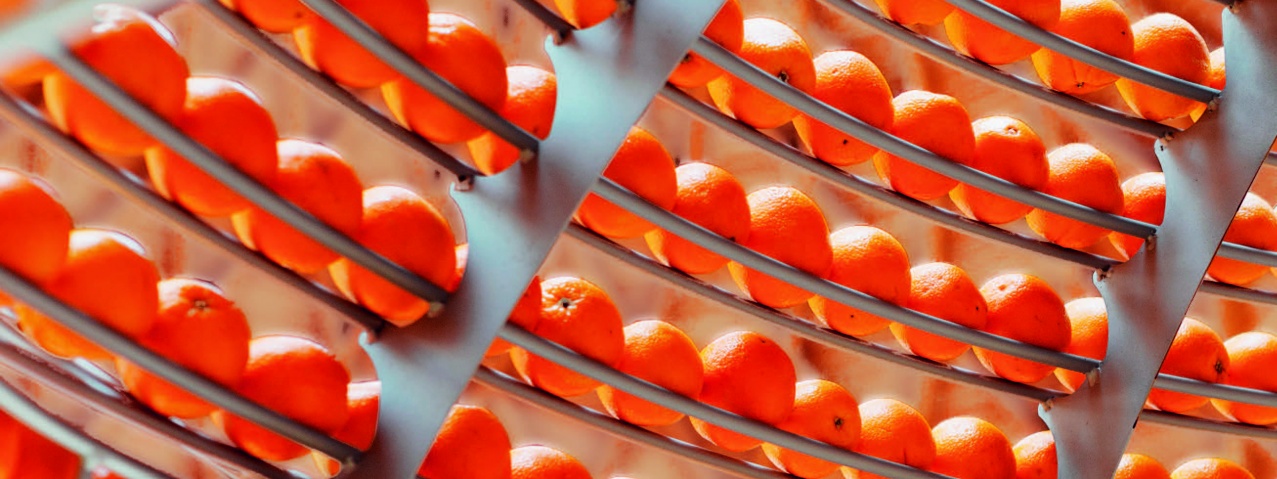
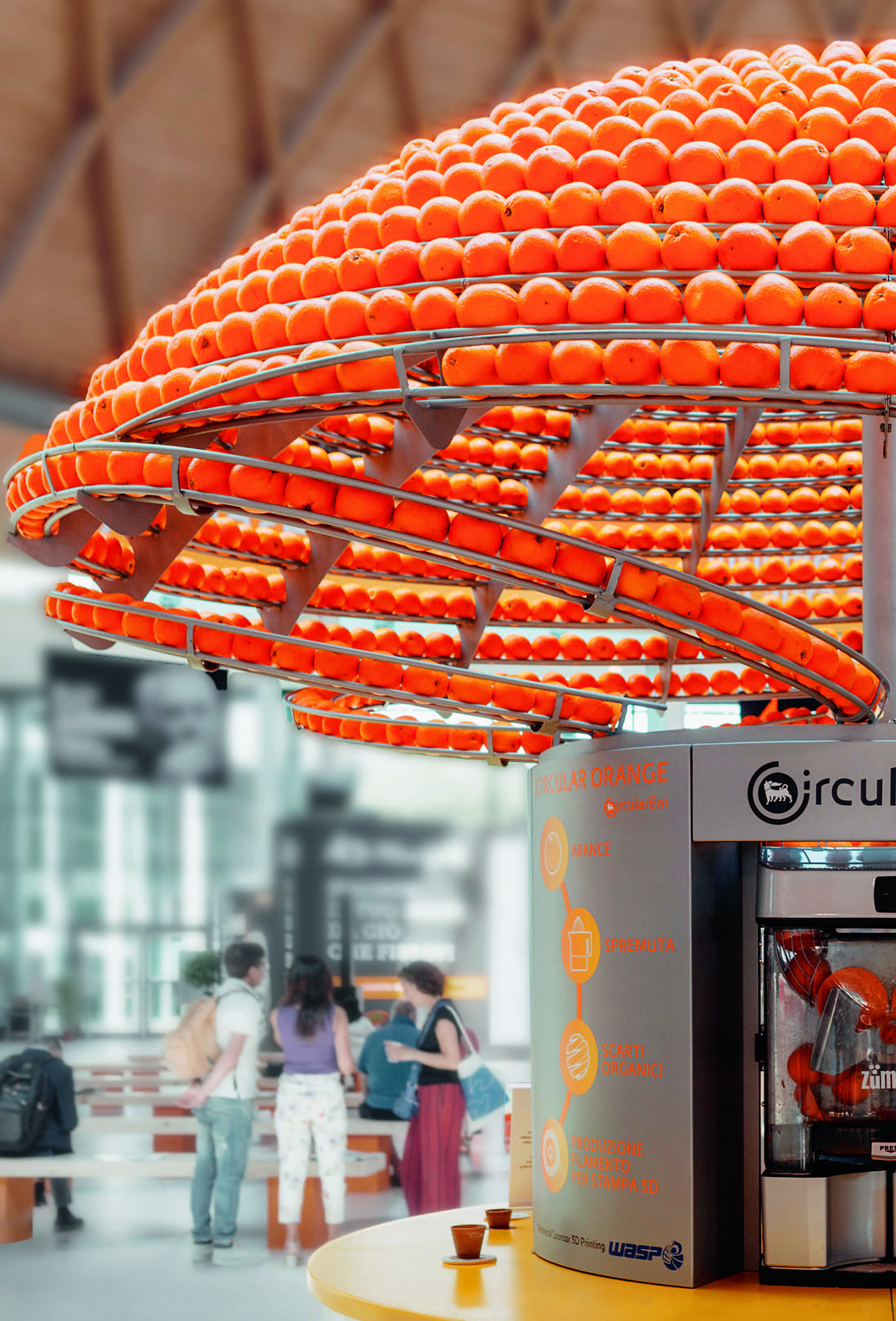
|
Putting together a fresh meal from scratch adds so much to its taste, and gives a warm satisfactory afterglow. In the future, can we also anticipate making the crockery and cutlery on demand to accompany these meals? Some designers in Italy certainly think so. A dome consisting of 1500 shining oranges suspended 3-metres above the ground is going to get attention. Knowing the machinery below the dome provides freshly squeezed orange juice, explains the surrounding queue. But, discovering that this juice stand is actually a miniature food processing and cup manufacturing plant, well that is harder to get your head around. Dubbed Feel the Peel, this example of hyper-localised up-cycling is helping to reshape our understanding of how to make best use of the resources at our disposal.
Commissioned by Italian energy giant Eni, the CRA-Carlo Ratti Associati design and innovation office developed Feel the Peel as an experiment in circular design. "The principle of circularity is a must for today's objects," says Carlo Ratti, founding partner at CRA and director of MIT's SENSEable City Lab. "Working with Eni, we tried to show circularity in a very tangible way, by developing a machine that helps us to understand how oranges can be used well beyond their juice." This project is the one of a series of collaborations between CRA and Eni that explore circularity and design with different materials. Among the previous projects, the prize-winning Circular Garden at Milan Design Week 2019 used mycelium from mushrooms as a recyclable building material, and the circular restaurant at the 2018 Maker Faire in Rome explored how Solid Urban Waste (FORSU) from food processing, such as frying oil, could produce a second generation biofuel, and polystyrene was recycled for use in the heat insulation sector. Plans are also underway for even more usage of orange peel, coffee grounds, and mycelium as construction materials. The Feel the Peel prototype is still owned and used by Eni, but interest in the project remains very high, and it is attracting commercial attention. CRA's plans, however, are not stopping at the juice-to-cup cycle. With an eye to the future, Rati notes that "The next iterations of Feel the Peel might include new functions, such as printing fabric for clothing from orange peels." |
Others

Latest News | 16 July 2021
2nd Hong Kong Denim Festival
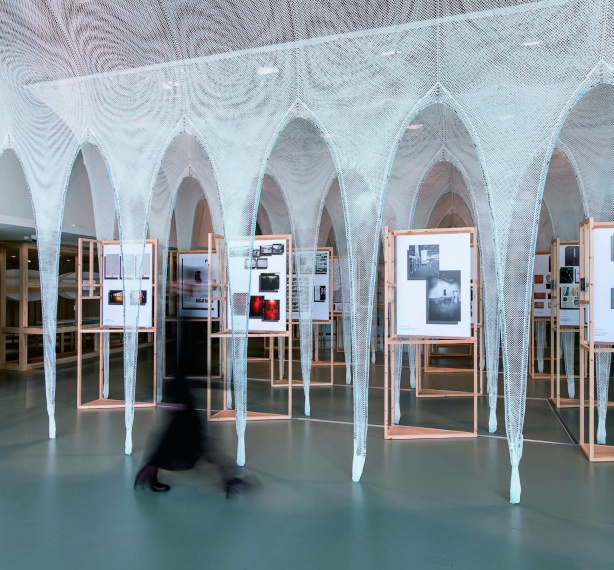
Latest News | 16 July 2021
Dai Fujiwara: The Road of My Cyber Physical Hands
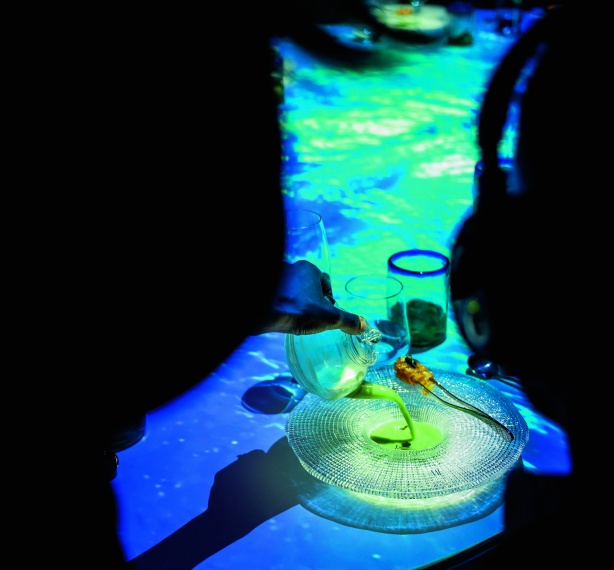
Latest News | 16 July 2021
Rethinking the Everyday: Food Non Food
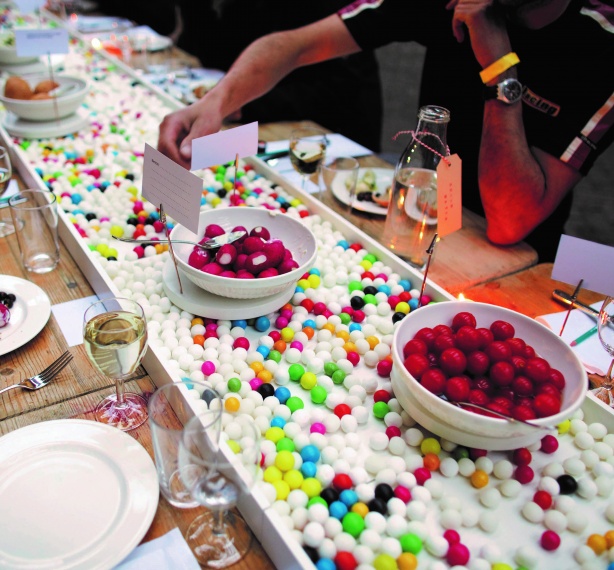
Latest News | 16 July 2021
Food + Imagination = A Recipe For Change
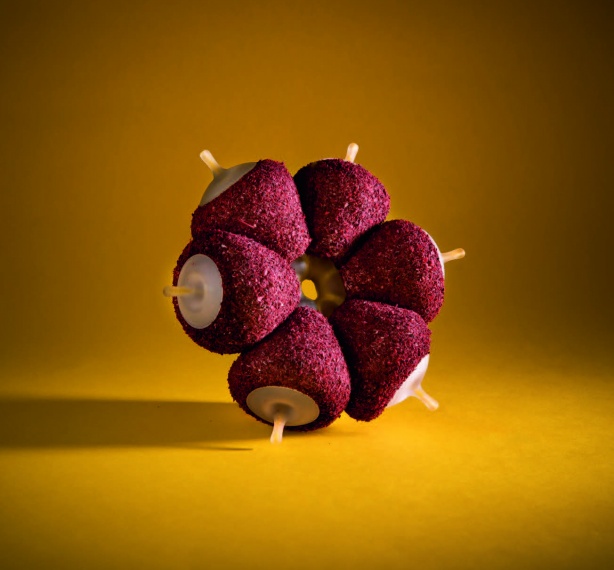
Latest News | 16 July 2021
Future Fruit Inspired by the Original
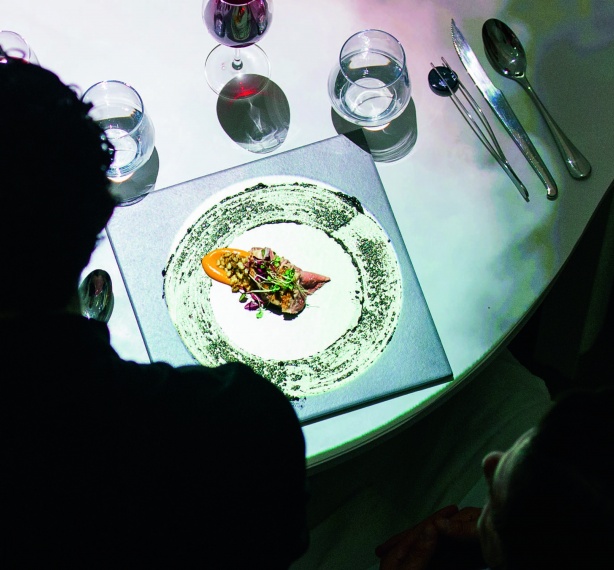
Latest News | 16 July 2021
The Multi - Sensory Language of Life
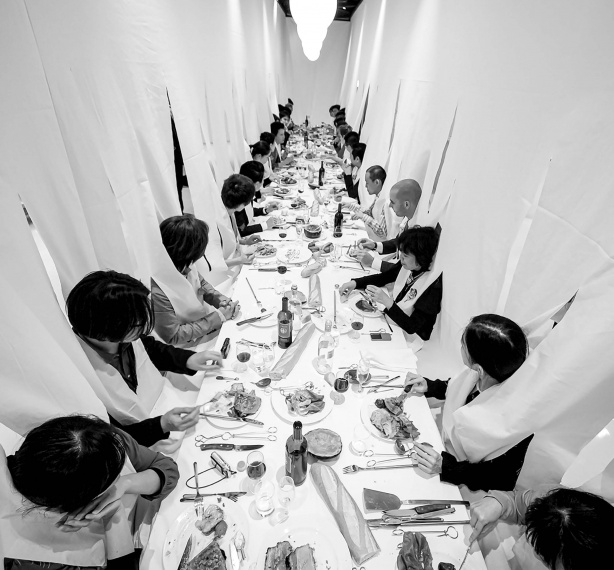
Latest News | 16 July 2021
Re-thinking Food's Future
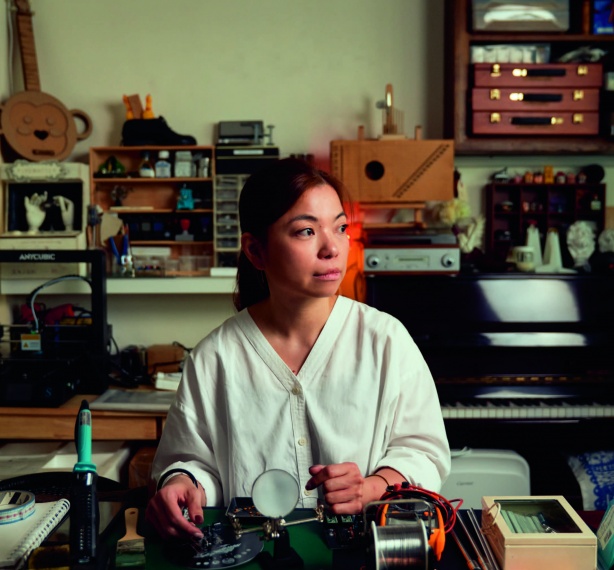
Latest News | 16 July 2021
The Moon is Leaving Us: A Scientific Exploration of the Arts
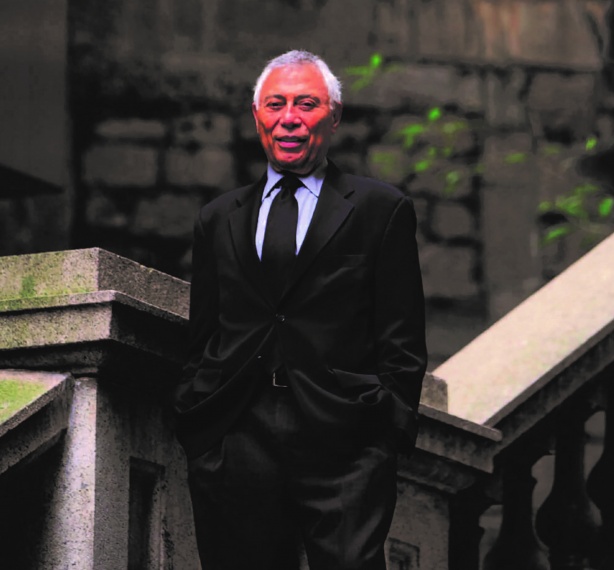
Latest News | 16 July 2021
Look: The Graphic Language of Henry Steiner

Latest News | 16 July 2021
Emerging Design Talents 2021 : DESIGN FOR HUMANITY
